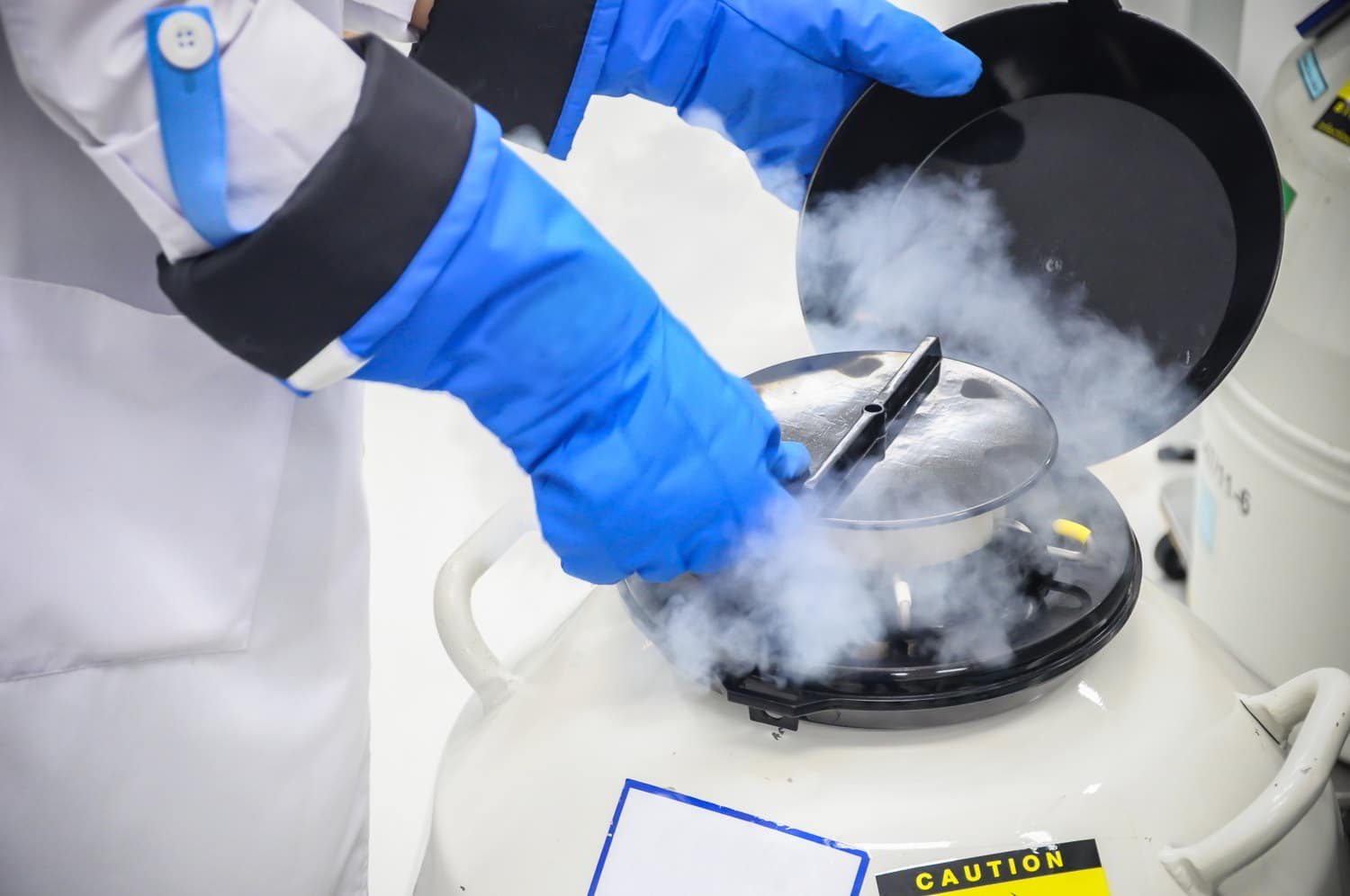Detecting Exoplanetary Life Using Oxygen
Introduction
In the unending quest for worlds outside our nearby planetary group, stargazers have found planets of various types, sizes and conditions, but detecting exoplanetary life using oxygen is a whole other concept which is emerging. The majority of the present techniques for finding planets perceive the presence of planets in the viable zone of their host stars.
But since exoplanets circling stars other than the Sun are so distant, researchers on these far off universes are searching for indications of life by visiting and breaking them down utilizing different methods, for example, telescope viewing.
The water-conveying exoplanet on the left is contrasted with the dry exoplanet on the right, which has an oxygen-rich environment. Nevertheless, it can’t be seen legitimately.
Detecting Exoplanetary Life Using Oxygen

Detecting Exoplanetary Life Using Oxygen
Exoplanets in the Habitable Zone
Fauchez said that if a planet which is circling an M dwarf is known to have air at all, then that alone is crucial enough to understand the big picture of life on different planets in the livable zone of their host stars.
Habitable worlds are distinguished by their orbital position. Space experts have found water on planets circling in the livable zone of far off stars.
If in our planetary system, where we can send robots, probes and orbiters to intriguing worlds like Mars, it is hard to decide whether microbial life exists or ever did, then how much more of far off planets in other star systems.
Best in class telescopes like the Webb can be utilized to see exoplanets circling their host stars.
Anytime we study exoplanets, we can take a look at the starlight that radiates through the Earth’s atmosphere since it has retention and outflow lines that point to gas, which produces life.
In an ongoing report, analysts have found how to utilize NASA’s James Webb Space Telescope to rapidly distinguish nearby planets that are inhabitable because of evaporation from their oceans. This could assist us in looking for life on exoplanets.
Since exoplanets are generally situated at huge spans, and regardless of whether these planets are unviable because of the dissipation of their oceans, researchers could discover indications of life in the atmosphere.

Detecting Exoplanetary Life Using Oxygen
Detection of Exoplanetary Life Using Oxygen
Specifically, researchers utilized NASA’s James Comey Space Telescope to picture the inward atmosphere of an ocean evaporating on an exoplanet.
Seasonally Fluctuating biosignatures, for example, air gases that ought not to exist without life to renew them, could be one of two potential approaches to distinguish life inside an exoplanet.
New exoplanet chasing telescopes will give specialists a superior perspective on very far off planets, and without these devices, we could disregard any planet that may have us.
Understanding what the air of an exoplanet looks like is one of the most significant parts of our quest for life on different planets.
Researchers have discovered that despite everything they don’t have a detailed investigation and understanding of the atmosphere of exoplanets and what they resemble. This has been a significant obstacle in their hunt.
Thus, stargazers have proposed searching for carbon dioxide and methane on the other planets, as these two gases are simpler to distinguish than the others.
In the primary portion of planetary life, they have four contrary gases, which are hydrogen, oxygen, carbon monoxide, methane and nitrogen.
Researchers utilize unique telescopes like the Webb, to envision the inward atmosphere composition of exoplanets in order to detect these gases.
Specialists at the University of California, Riverside, have built up another method that will permit Webb telescopes like the James Webb Space Telescope (JWST) to contemplate the climate of an exoplanet and search for indications of collisions between oxygen particles.
This could turn out to be an atmosphere decoder that gathers data about the potential viability of a planet, depending on the measure of perceptible light.
The recognition of oxygen permits researchers to consider life on Earth and different planets in the viable zone of different stars.
The University of California, Riverside, was associated with distinguishing the solid signs created by these collisions of oxygen atoms.
At the point when oxygen atoms crash into one another, they produce opaqueness, which in turn blocks a piece of the infrared range which will not be seen by telescopes.
By examining these light samples, researchers can recognize the synthesis of a planet’s environment.

Detecting Exoplanetary Life Using Oxygen
Set Backs of Detecting Exoplanetary Life Using Oxygen
The quest for life past Earth could be helped by the capacity to recognize oxygen in the air of planets outside our close planetary system.
Notwithstanding oxygen, light from the planet’s atmosphere can likewise be studied for different gases required in a viable planet. These gases include; carbon dioxide, methane and carbon monoxide.
It is possible, in any case, that non-natural procedures make planetary air wealthy in atomic oxygen and ozone.
Oxygen, for instance, is a receptive gas and will, in general, get trapped in rocks with various blends of compounds.
Chemical substance modelling demonstrates that exceptionally reactive oxygen atoms would get captured rapidly.
On the off chance that such an environment is on a planet with high oxygen concentrations, it is almost a certainty that there is life on that planet.
In any case, this life-detection oxygen-based system has its issues, given that models show that much oxygen can exist within the atmosphere even without sight of life.

Detecting Exoplanetary Life Using Oxygen
Conclusion
Hopefully, in about 10 years, another space telescope which will be detecting exoplanetary life using oxygen on other worlds will be created and will decide if the atmosphere of planets like K2-18b contains gases that could be created by life forms.
The presence of oxygen in the air of an exoplanet doesn’t necessarily mean the existence of life, however, it could rather demonstrate a rich water history.
In the end, these discoveries empower the revelation of viable worlds, as these worlds are called.
References
Read About Other Space Discoveries Here










